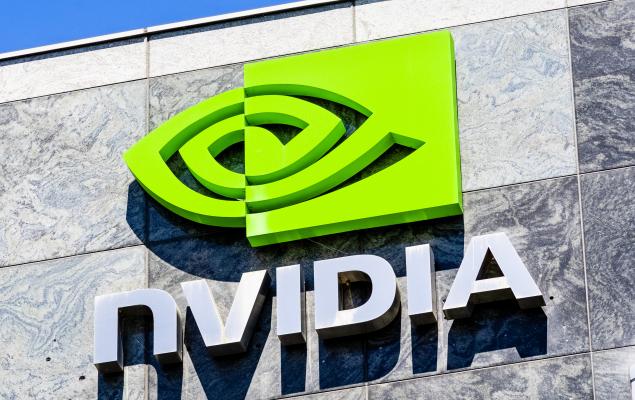By Michael Christodoulou

As you may know, some businesses pass along part of their profits to investors in the form of dividends. If you own shares of these companies, either directly in stocks or more indirectly through mutual funds, you may have a choice: Should you take the dividends as cash or reinvest them into the stocks or funds?
There’s no one correct answer for everyone. So, let’s look at some reasons for both choices — reinvesting or cashing out.
Reinvesting dividends offers at least two related benefits. First, reinvested dividends make up part of a stock’s total return, along with price appreciation. And second, when you reinvest dividends, you are buying more shares of the investment — and share ownership is a key to building wealth. Keep in mind that dividends can be increased, decreased or eliminated without notice.
It’s also easy to reinvest dividends. Through a dividend reinvestment plan, or DRIP, your dividends are automatically used to buy more shares of a company. And these new shares will generate more dividends that can be reinvested.
Consequently, it’s fair to say that dividend reinvesting is an economical way to grow your portfolio. However, a DRIP does not guarantee a profit or protect against loss, so you’ll need to consider your willingness to keep investing when share prices are declining.
If you’re mainly investing for long-term growth, you may well want to reinvest your dividends. But under what circumstances wouldn’t you want to reinvest them?
For starters, of course, you may simply need the dividends to help support your cash flow. This may be especially true in your retirement years.
But there may be other reasons to cash out dividends, rather than reinvesting them. You might already own a considerable number of shares in a stock, mutual fund or exchange traded fund and you don’t want to buy more of the same. By not reinvesting these dividends, you can use the money to help broaden your investment mix.

You also might want to consider taking the cash, rather than reinvesting, if the company that pays the dividends appears to be struggling or has an uncertain future. Again, you could then use the money to fill gaps in your portfolio.
Regardless of whether you reinvest your dividends, you’ll pay taxes on them if your investments are held in a taxable account. Ordinary dividends are taxed at your ordinary income tax rates, while qualified dividends are taxed at the capital gains rate, which is 0%, 18%, or 20%, depending on your income. (A dividend is considered qualified if you’ve held the stock for a certain length of time.)
If your dividend-paying investments are held in a traditional IRA or a 401(k), you won’t have to pay taxes on the dividends until you begin taking withdrawals from these accounts, typically at retirement. And if you have a Roth IRA or Roth 401(k), you may not pay taxes on the dividends at all, provided you’ve had the account at least five years and you don’t take withdrawals until you’re at least 59½.
In any case, you may find that dividends, whether reinvested or taken in cash, can play a role in your overall financial strategy. So, follow your dividend payments carefully — and make the most of them.
Michael Christodoulou, ChFC®, AAMS®, CRPC®, CRPS® is a Financial Advisor for Edward Jones in Stony Brook, Member SIPC.
This article was written by Edward Jones for use by your local Edward Jones Financial Advisor. Edward Jones, its employees and financial advisors cannot provide tax or legal advice. You should consult your attorney or qualified tax advisor regarding your situation.














